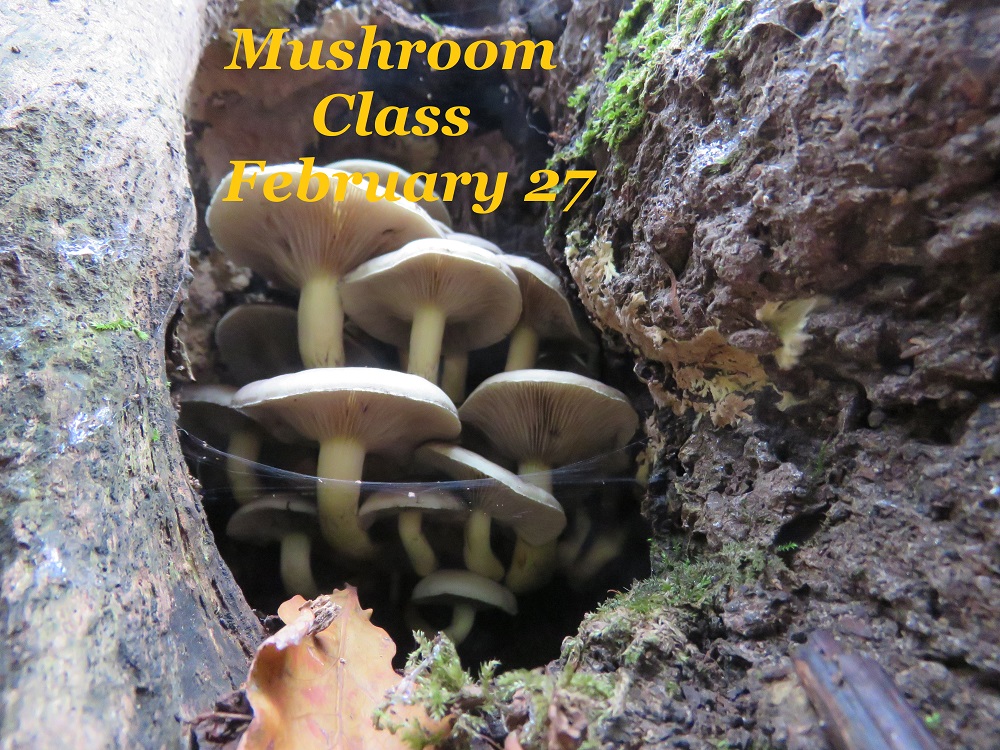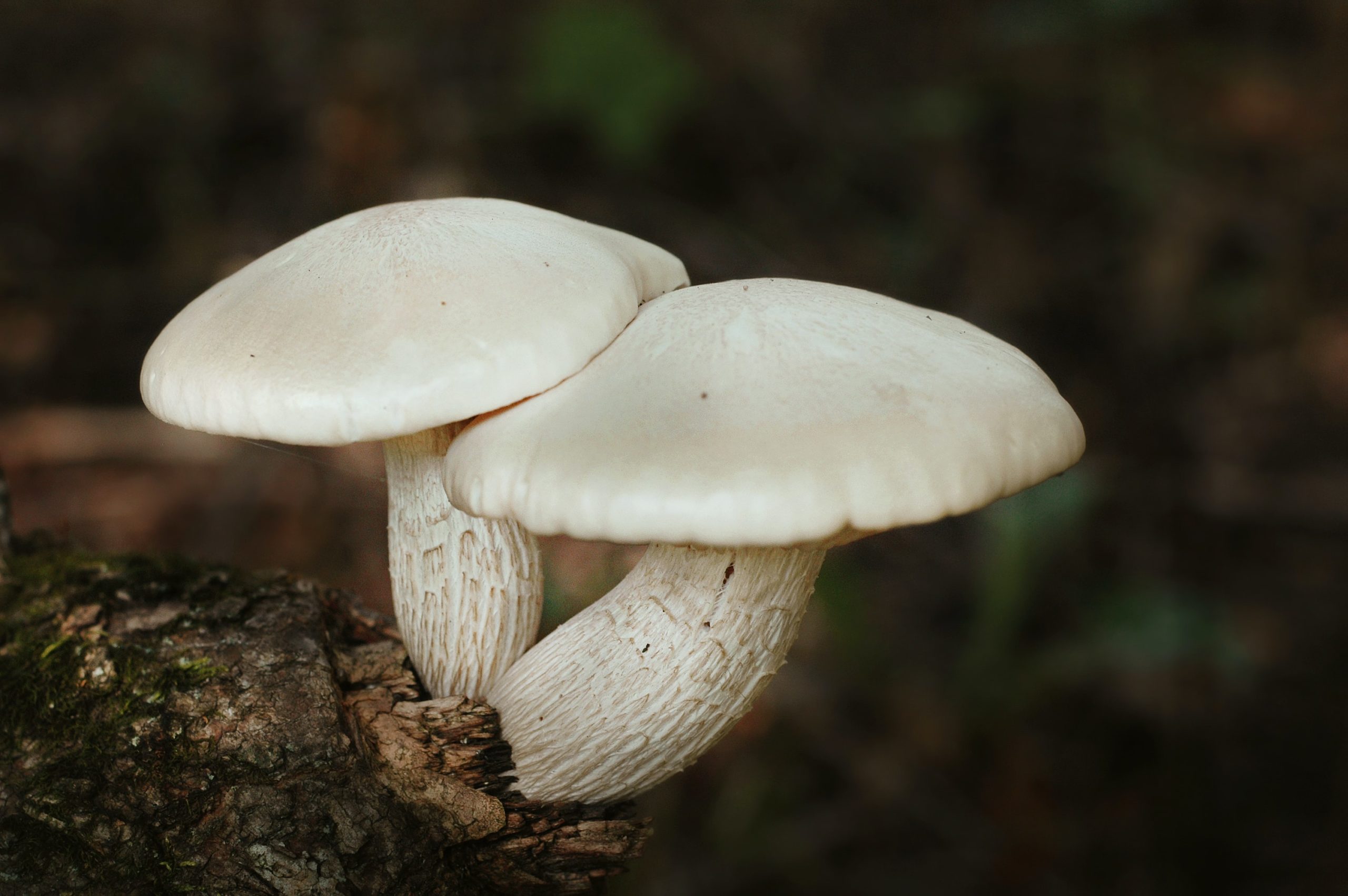More tender, more flavorful, easy to grow, and a relief to the wallet… with these advantages, why not learn to grow your own mushrooms?
We’re hosting Anna Dellapenta from the Tennessee Wildlife Resources Agency for an upcoming class on How to Grow Mushrooms here at Stoney Creek Farm on Saturday, October 24.
We asked Anna a few questions about why you should get started with outdoor log cultivation (hint: your mushrooms will pack a more flavorful punch than your average supermarket find). She generously shared with us her FUN-gi wisdom below.
As she says, “If you can garden, you can grow mushrooms and with outdoor log cultivation.”
Keep reading to learn why you should add “mushroom grower” to your gardening resume this fall.
What are the benefits of growing your own mushrooms vs. purchasing from the grocery store?
ANNA: “Firstly, mushrooms are best enjoyed while as fresh as possible. Similar to growing your own herbs instead of buying precut and packaged fresh herbs, the grocery store options are never as flavorful or tender as the ones you grow yourself.
Secondly, you can grow more varieties with low maintenance outdoor methods than you will find at your typical grocery store. In addition to the usual shiitake and portobello available at Kroger, you can grow chicken of the woods, lions mane, maitake, wine caps, and all kinds of oysters, just to name a few.”
How much time and money should someone initially expect to spend on starting the mushroom cultivation process?
ANNA: “Outdoor mushroom cultivation on logs is relatively inexpensive if you already have a couple household items on hand, mainly a drill, hammer, and a crockpot. I get fresh cut logs from local tree services and so far, I’ve never had to pay for one.
For a typical log measuring ~3ft long by ~4-6in in diameter you can expect to use 50-100 plugs which usually cost between 10 cents and 15 cents each, though most distributors have quantity discounts if you’re inoculating multiple logs. The other essentials, wax and a natural fiber paint brush, can be purchased for less than 10 dollars. If you already have the drill, hammer, and a crockpot, you can expect to spend around 25 dollars to get started.
Drilling the holes for the plugs is a bit labor intensive but unlike indoor cultivation, outdoor cultivation on logs requires very little time and maintenance after inoculation.
Pre-covid, I would encourage people to get a group of friends together to inoculate multiple logs at once (and save money on buying plugs in bulk) but even solo it shouldn’t take more than an hour for each log.”
What are your favorite recipes for enjoying your home-cultivated mushrooms?
ANNA: “One of my favorite recipes is probably the simplest: cut lion’s mane into pieces roughly the size of scallops and lightly sautée in butter. The texture is remarkably similar and they make a nice addition to pastas, rice, etc.
I also like to dehydrate and powder extra shiitake to add to all kinds of recipes like casseroles and steak sauces.”
Do you have any final encouragement that you would offer someone who is trying to decide if they want to grow their own mushrooms?
ANNA: “Yes, and it is this: This is not rocket science. If you can garden, you can grow mushrooms and with outdoor log cultivation you can get started with as little as a free afternoon, some common household items, and about 25 dollars.”
 Local to the Middle Tennessee area?
Local to the Middle Tennessee area?
Join us at Stoney Creek Farm on Saturday, October 24, 2020 at 10am to learn from Wildlife Diversity Aquatic Biologist and an expert of our fungi-friends, Anna Dellapenta of the Tennessee Wildlife Resources Agency.
During this 90 minute class, you’ll learn:
- The Lifecycle of mushrooms
- The ecological role of the mushroom
- How to get started with log cultivation, with the focus on wide-ranging oyster and shiitake species
- Additional resources for growing your mushroom knowledge base and sourcing supplies
Included in your ticket to take home with you is one inoculated log with a wide-ranging oyster mushroom to cultivate.


